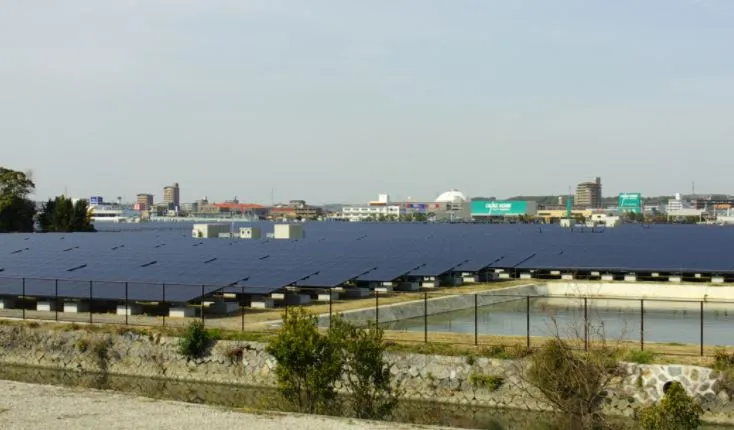
Japan urges investors to diversify renewable energy assets
They keep flocking to solar energy but the government reveals the industry is currently plagued with headwinds.
In 2012, Japan introduced a feed-in tariff system in an effort to spur large-scale renewable energy growth as people started distrusting the nation's nuclear energy dependence.
The new FiT system obliged utilities to buy solar, wind, geothermal, mini-hydro, and biomass-generated electricity at a fixed rate and for a set number of years.
Since then, renewable energy's share in the power mix has risen to 15% compared to just 10% prior to the Fukushima meltdown in 2011. According to Takuya Yamazaki, director, New and Renewable Energy Division Agency for Natural Resources and Energy, Ministry of Economy, Trade and Industry, "The 5% addition is relatively an impressive growth in renewables compared to other countries. By 2030, the government aims to hit 20%-30% renewables share in the energy mix."
These numbers look rosy on the surface, but figures for solar signal that the industry's future isn't too bright. In a report in September 2017, Japan Renewable Energy Institute revealed that there were rising concerns on how solar panel development may adversely affect natural and historical landscapes. It also pointed out disaster management issues, noting that flood damage and severe typhoons are constantly damaging or destroying solar panels, particularly those of mega-solar farms.
Additionally, despite solar PV cells popping the champagne on an installed capacity of 33.5GW early last year, the government warns both investors and consumers to not depend on solar as a single renewable source.
"Despite power generation costs falling down, we have to remember that the feed-in tariff is not here forever. Investment in other sources is highly encouraged," Yamazaki said in a keynote session at the World Smart Energy Week 2018.











 Advertise
Advertise











